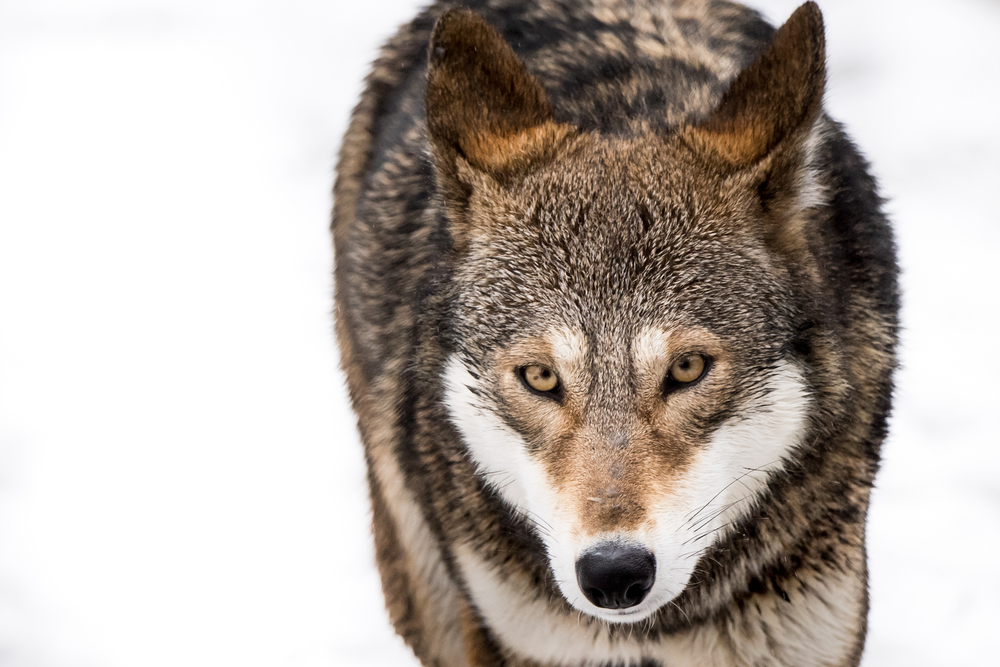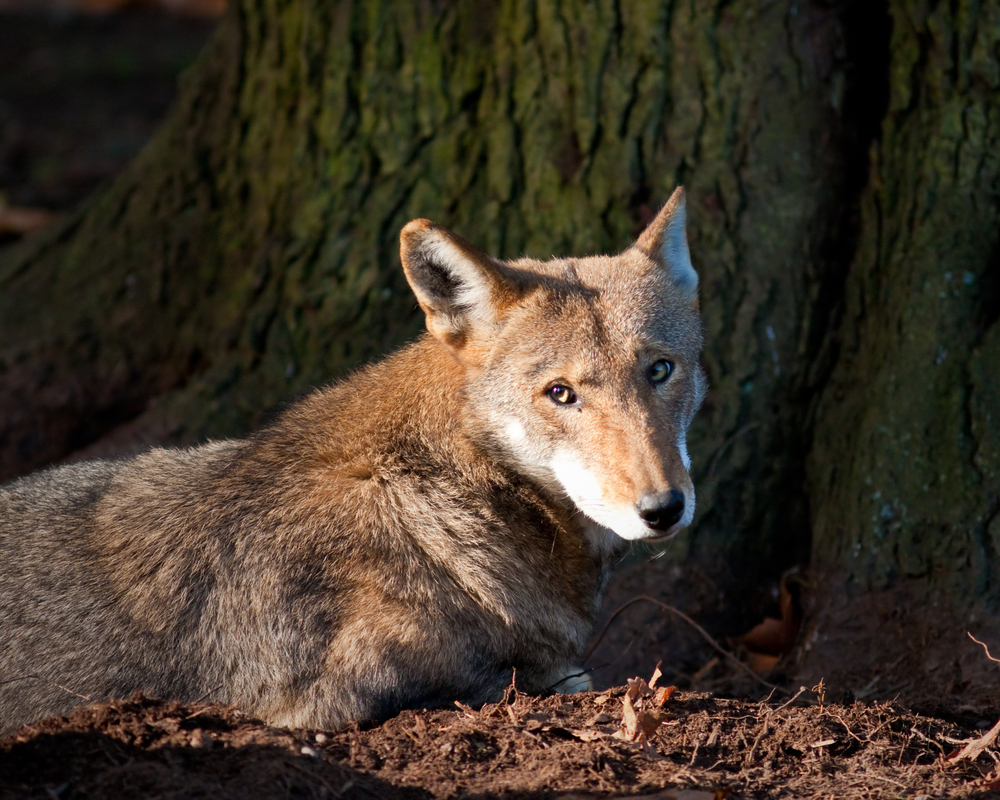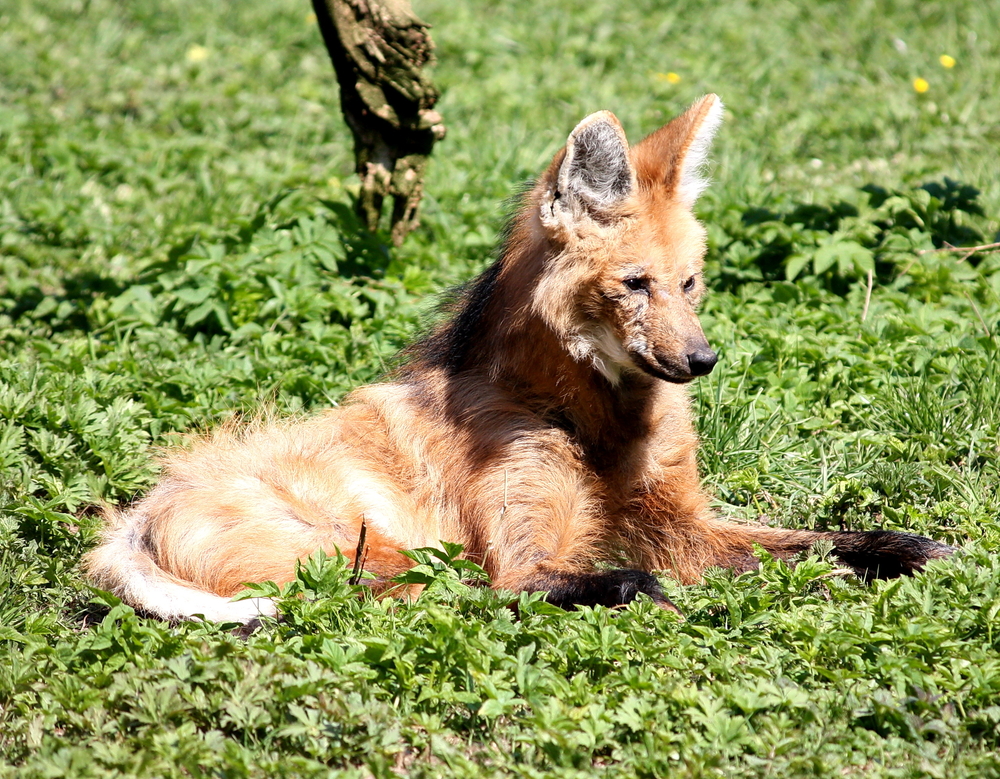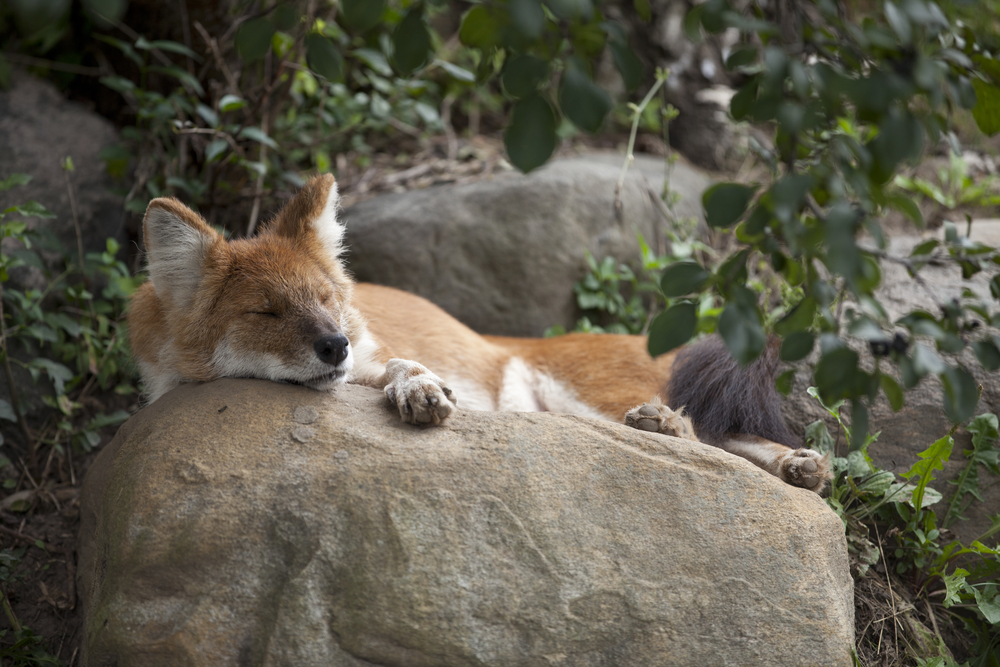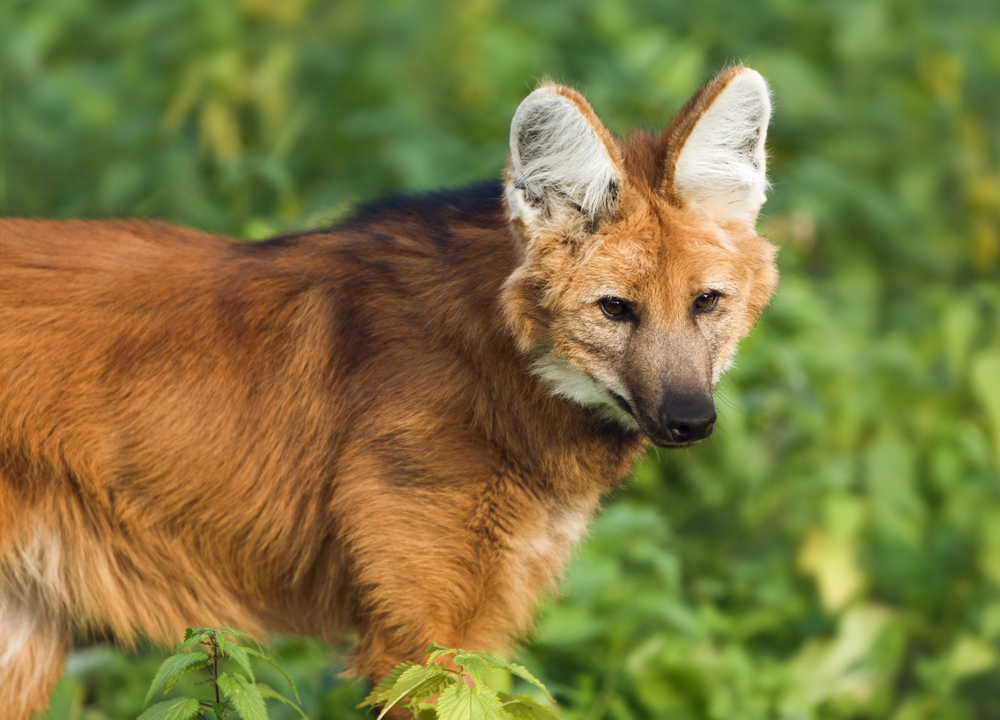The Red Wolf (Canis rufus) and the Grey Wolf (Canis lupus) are distinct species within the Canidae family, and they exhibit several key differences:
- Size and Build: Red Wolves are smaller and more slender than Grey Wolves. They stand at about 26 inches at the shoulder and weigh between 45-80 pounds, whereas Grey Wolves are larger, standing about 26-32 inches at the shoulder and weighing 70-145 pounds.
- Fur Color: Red Wolves have a characteristic reddish-brown fur, which is where they get their name. Grey Wolves have a variety of fur colors, often a mix of gray, white, brown, and black.
- Habitat and Range: Historically, Red Wolves were native to the southeastern United States, particularly in forested and wetland areas. Grey Wolves have a much broader range, found in various habitats across the Northern Hemisphere, including North America, Europe, and Asia.
- Social Structure: Red Wolves tend to form smaller packs compared to Grey Wolves. Their packs usually consist of a breeding pair and their offspring, whereas Grey Wolf packs can be larger and more complex.
- Prey and Hunting: Red Wolves primarily prey on smaller mammals like rabbits and rodents, though they can also hunt deer. Grey Wolves have a more diverse diet, often hunting larger prey like elk, deer, and moose.
- Vocalizations: Both species communicate through howls, but the patterns and frequency of their howling may differ due to their differing social structures and habitats.
- Endangered Status: The Red Wolf is critically endangered and one of the world’s most threatened canid species, primarily due to habitat loss and hybridization with coyotes. Grey Wolves, while they have faced endangerment in the past, have a more stable and widespread population.
These differences reflect the distinct evolutionary paths and adaptations of each species to their respective environments. The Red Wolf, with its more specialized habitat and smaller size, faces different ecological and conservation challenges compared to the more widespread and adaptable Grey Wolf.





































































